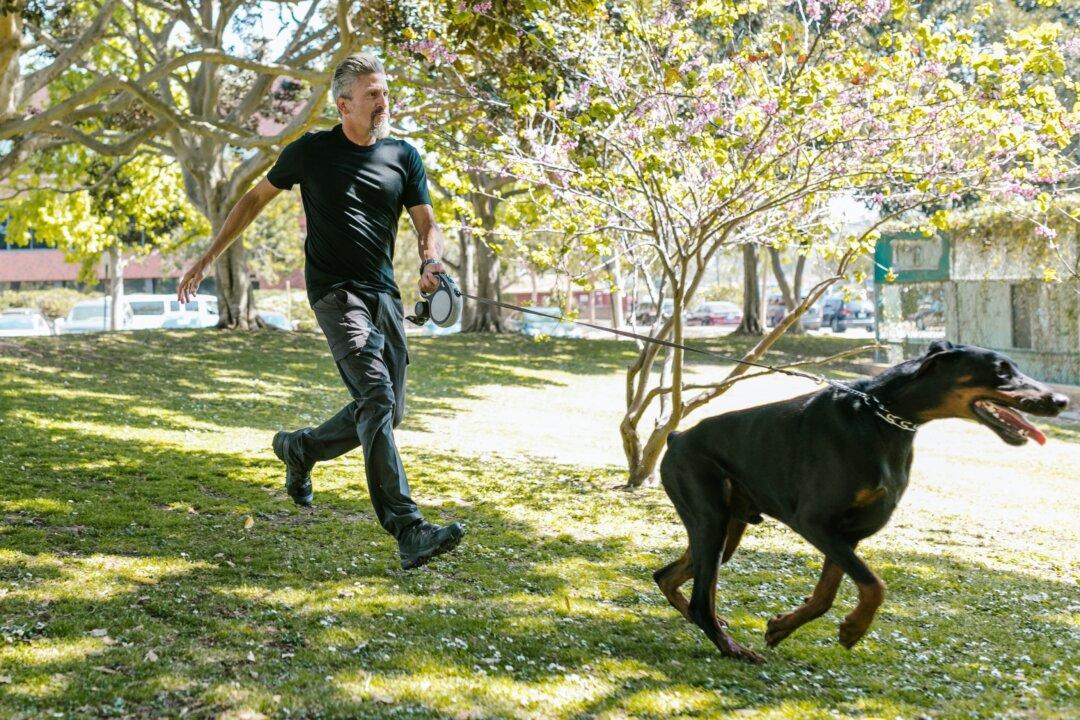People with Parkinson’s disease may soon be able to treat their own tremors and muscle stiffness without invasive therapy or even a trip to the doctor’s office.
A headband-shaped device can deliver daily, noninvasive brain stimulation at home and tamp down Parkinson’s symptoms.
While the prototype, developed by biomedical engineering graduate students at Johns Hopkins University, hasn’t yet been tested on humans, it’s seen as a promising first step toward helping Parkinson’s patients safely relieve their own symptoms.
Parkinson’s is an incurable neurodegenerative disorder that affects 1 million people in the United States and 7 million worldwide.
Painless Treatment
For patients in advanced stages of the disease, one treatment option is deep brain stimulation, in which a surgeon implants thin electrical leads into the brain. A pulse generator—similar to a heart pacemaker—goes under the skin and sends electrical signals to the brain.




